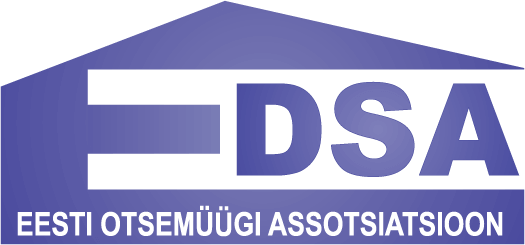In 2019 the total retail sales of direct selling industry in Estonia increased by 2% till over 50 million euros (excl. VAT), meanwhile the number of people cooperating with direct selling companies decreased by 2,5 % and amounted to more than 44 thousand persons.
“Last year the direct selling market in Estonia experienced sustainable growth, even though the number of people cooperating with direct selling companies slightly decreased. It is worth mentioning the fact that the growth of sales of direct selling industry in Estonia and other Baltic countries was one of the fastest in the entire European Union, where the sales grew by 1,3%”, comments the General Secretary for Baltic Direct Selling Associations Gintautas Zaleckas.
According to G.Zaleckas, rapid economic growth and high employment over the past few years has reduced the attractiveness of direct selling as a source of additional income, however direct selling is not losing its attractiveness as a way of shopping, where each client can get a personal service and advice from the direct seller/consultant in person or online and is able to acquire high quality products. This year, due to the global COVID-19 pandemic and its economic consequences such as increased unemployment, it is expected more people will be active in looking either additional income either a new source of income, and direct selling companies are already recording increases in sales.
When comparing the Baltic countries, in 2019 the volume of direct sales in Lithuania grew by 4,6%, while in Latvia by 4 % and respectively amounted to 88 million and 68 million EUR. The number of people cooperating with direct selling companies in Lithuania increased by 0,6%, while in Latvia remained stable and respectively amounted to over 83 and 63 thousand persons.
In Estonia as well as in other Baltic countries the cosmetics and personal care products remains the most popular product category bought through direct sales, following the wellness sector in second place. The other top categories of products enjoyed by consumers are household goods, home care products, home improvement appliances, also clothing and accessories.

